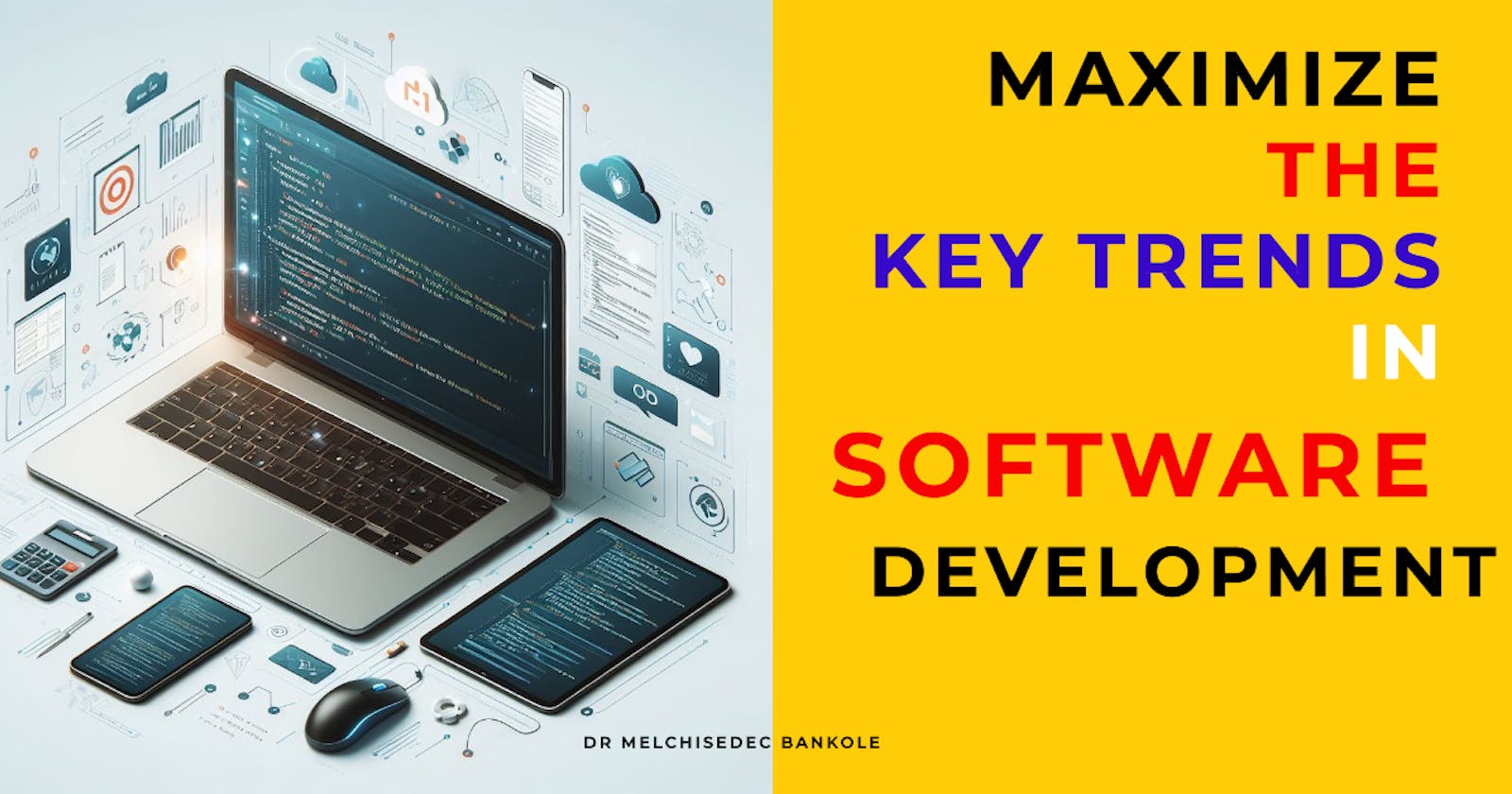Several key trends are shaping modern software development. These trends collectively drive innovation, efficiency, and competitiveness in software development, shaping the way applications are designed, built, and deployed in the modern era.
Emerging Technologies
In modern software development, staying abreast of emerging technologies is crucial for developers and organizations seeking to remain competitive. Here are some of the key emerging technologies shaping modern software development practices.
1. Artificial Intelligence and Machine Learning (AI/ML): AI and ML technologies are revolutionizing software development by enabling applications to learn from data, make predictions, and automate tasks. From chatbots and recommendation systems to image recognition and predictive analytics, AI/ML capabilities are increasingly integrated into software applications across various domains.
2. Blockchain Technology: Blockchain technology, best known for its association with cryptocurrencies, offers decentralized and secure data storage. Beyond finance, blockchain finds applications in supply chain management, identity verification, and smart contracts, providing transparency, immutability, and trust in software systems.
3. Edge Computing: Edge computing brings computational capabilities closer to the data source, reducing latency and bandwidth usage. This technology is essential for applications requiring real-time processing, such as IoT devices, autonomous vehicles, and augmented reality experiences, enabling faster decision-making and improved user experiences.
Shifting Architectures
1. Microservices Architecture: Microservices architecture involves breaking down applications into smaller, loosely coupled services that can be independently developed, deployed, and scaled. This architectural approach offers advantages in terms of flexibility, scalability, and fault isolation, enabling faster development cycles and easier maintenance compared to monolithic architectures.
2. Containerization and Orchestration: Containerization technologies like Docker provide lightweight, portable environments for running applications. Orchestration tools such as Kubernetes automate container deployment, scaling, and management, streamlining the process of deploying and managing complex, distributed applications in production environments.
3. Cloud (Serverless Computing): Serverless computing abstracts away infrastructure management, allowing developers to focus solely on writing code. Cloud providers handle server provisioning, scaling, and maintenance automatically, leading to increased developer productivity, reduced operational overhead, and improved cost efficiency.
Development Practices
1. DevOps Practices: DevOps practices emphasize collaboration, automation, and integration between development and operations teams. Continuous integration, continuous delivery (CI/CD), and infrastructure as code (IaC) are core practices that enable faster development cycles, improved software quality, and greater agility in responding to changing market demands.
2. Low-Code/No-Code Development: Low-code/no-code platforms enable users with limited programming knowledge to build software applications using visual interfaces and pre-built components. These platforms accelerate development timelines, empower non-technical stakeholders to participate in the development process, and democratize software development.
3. Privacy and Security Regulations: With increasing concerns about data privacy and cybersecurity, compliance with regulations like GDPR and CCPA is paramount for software developers. Security-first development practices, encryption, and user consent mechanisms are essential considerations in modern software development to ensure data protection and maintain user trust.
Noteworthy: As technology continues to evolve, embracing emerging technologies, adopting modern architectural paradigms, and implementing best development practices are essential for organizations to deliver innovative, secure, and scalable software solutions that meet the needs of today's dynamic market. It's important to note that these trends are not mutually exclusive and often work together. By staying ahead of these trends, developers can position themselves for success in the rapidly evolving field of software development; Being informed about these developments and adapting your approach can help you build better software faster and more efficiently.
I hope this helps you!
